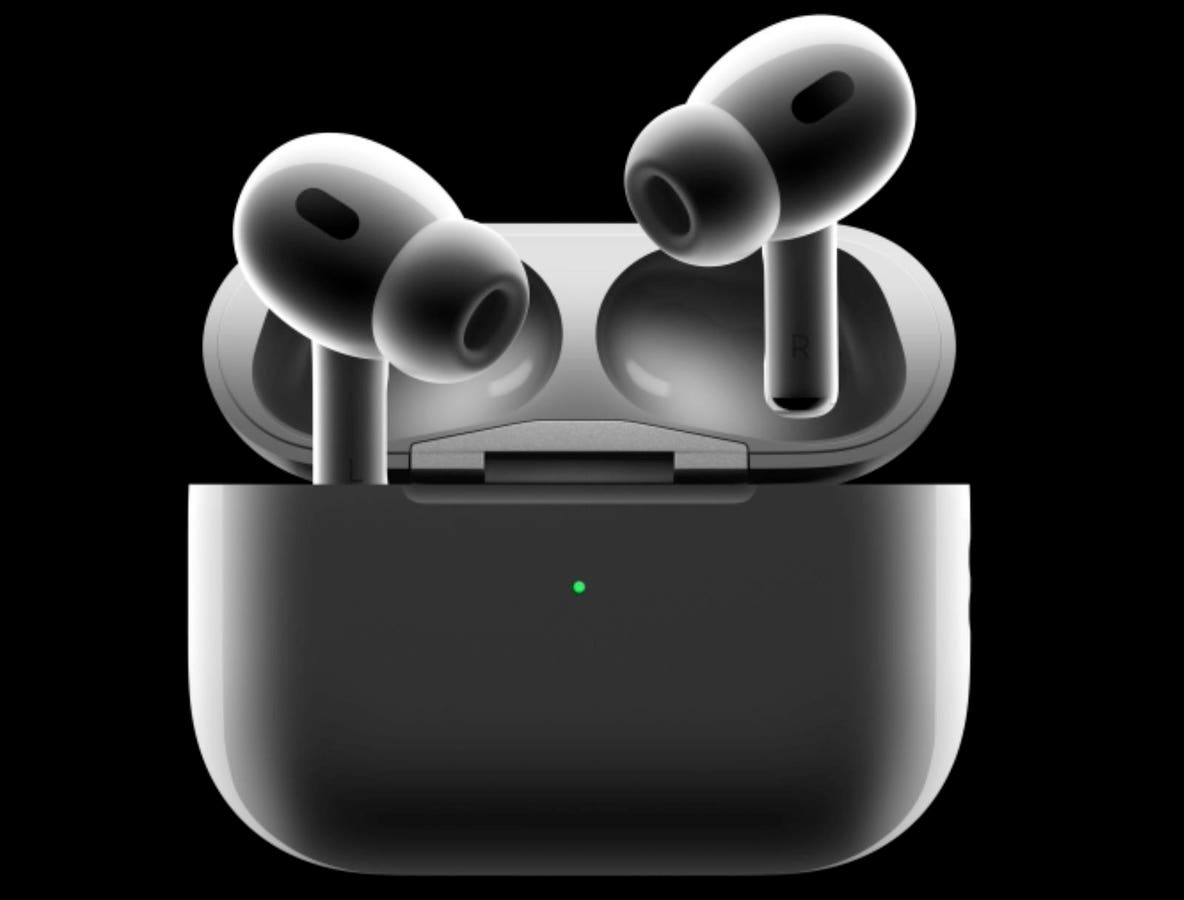There’s been a surge in run clubs lately, but what’s really driving this sudden interest in running together instead of going solo?
getty
Loneliness is on the rise. A 2021 study published in Psychological Bulletin found a steady, linear increase in loneliness among emerging adults over time.
The researchers behind the study analyzed data across 345 prior studies, including over 124,000 participants who completed the UCLA Loneliness Scale between 1976 and 2019, to conclude that loneliness is definitively rising and has become a pressing problem.
In light of this, people are finding new ways to connect with others, more recently through run clubs, where people gather to move together and hang out after the run. They’re no longer running only to build up endurance or to prepare for marathons, but also to forge platonic and romantic connections. Likely, they’re no longer gaining satisfaction from chatting on social media platforms alone, nor making deeper connections on dating apps.
It’s not just the run itself that matters. Connections form both during the run and afterward, especially in post-run hangouts where icebreakers and low-stakes conversations flow naturally.
According to Strava’s Year In Sport: Trend Report, 2024 saw a 59% increase in running club participation globally. It also found that 58% of survey respondents made new friends via fitness groups.
Moreover, nearly one in five Gen Zs went on a date with someone they met through exercise. Surprisingly, they were also four times more likely to want to meet people through working out than at a bar.
Here are two reasons why run clubs are great for everyone looking to meet like-minded people.
1. They Create ‘Incidental Intimacy’
Run clubs create incidental intimacy and real connection in low-pressure environments through a moderate, synchronous group exercise. You’re not always obligated to socialize, nor do you have to “compete.” All you have to do is show up and run with the pack. As a result, not only do you end up feeling good about your efforts, but you also get the much-needed chance to meet people naturally.
Group physical activity is unsurprisingly associated with both improved physical and physiological health, but few people recognize how profound of an impact it can have on our mental health, too.
A 2015 study published in PLOS One explains how synchronous group activities like run clubs can activate chemicals like endorphins and endocannabinoids, which make us feel good and boost our well-being.
The authors of the study also note that moving in sync strengthens feelings of togetherness and social bonding. The researchers tested the impact of the intensity, as well as the presence of synchrony in the participants’ physical activity. They recruited 68 participants for a 30-minute rowing trial to test their subsequent bonding and cooperation in a public goods game.
As a result, researchers found that moderate-intensity group exercises helped people find the sweet spot for bonding. More importantly, they noted the importance of moving in synchrony, which acted as a cue of social support or “social placebo.”
In essence, moving in sync with others gives rise to a sense of social cohesion, which simultaneously boosts your physical performance. It also helps people feel safer, less fatigued and gives them the motivation to push harder and perform better at their shared activities. Run clubs achieve the same goal by encouraging a sense of social cohesion and harmony, while also helping runners feel more energized and motivated to finish the run.
So, if you’re hesitant about joining a run club to meet people, know that just moving alongside others alone is enough to ease the pressure of direct interaction. It won’t feel nearly as performative as a dinner date with someone new might; you don’t need to constantly break the ice or make eye contact. The shared activity itself will instill a sense of connection. And if you continue to show up regularly, you might end up making some good friends along the way.
2. They Create A Sense Of Community
Run clubs are fantastic in terms of their ability to promote a sense of belonging. They not only strengthen your individual identity as a runner, but they can also reinforce your group identity. With enough consistency, you’ll start to feel like you belong within the club.
A 2017 study published in the European Journal of Social Psychology looked at how social identity or group membership affects health and well-being. The study notes that social identity can be a “social cure.” In other words, categorizing yourself in relation to others can greatly reduce depressive symptoms. It may improve your emotional well-being in turn, which adds even more of a sense of meaning and purpose to your life.
For instance, someone who identifies strongly with their run club leads is more likely to enjoy running; in a chain reaction, this also makes them more likely to show up regularly, as they feel both supported and included. This sense of purpose becomes even more enhanced when, for instance, members train together for something greater than themselves — such as a marathon or charity run.
In this sense, no matter how early you have to wake up or how sore your muscles may be, it all feels worthwhile. Because eventually, these small inconveniences pale in comparison to the greater goals and purposes that your club gives you.
So, if you’re looking to build meaningful connections, or simply wish to form part of a group or community, a run club can be both a fun and rewarding option. It’s a great way to add movement to your routine, while also meeting like-minded people who are also looking to stay fit and make friends. It doesn’t matter if you’re a seasoned runner or a complete beginner; a vast majority of these clubs are inclusive spaces, where fitness and friendships grow side-by-side.
Are you looking to strengthen your connections, or do you feel well-connected already? Take this science-backed test to find out: Social Connectedness Scale









